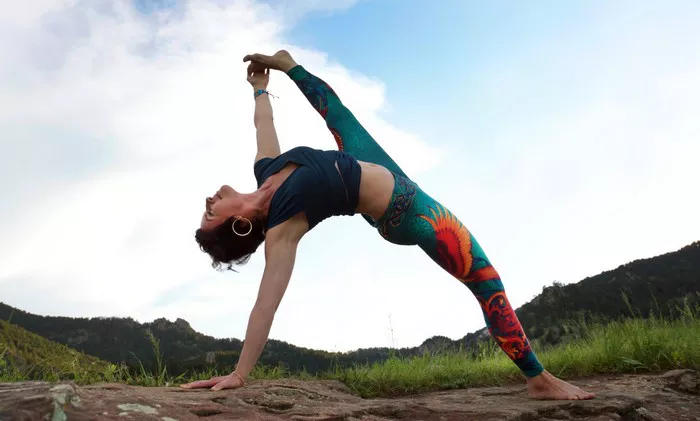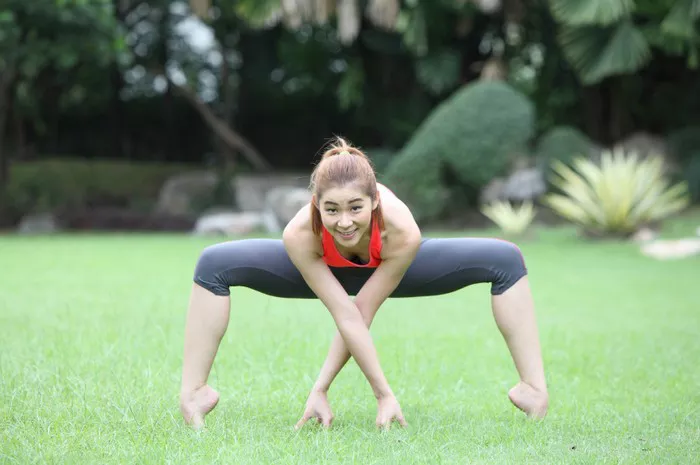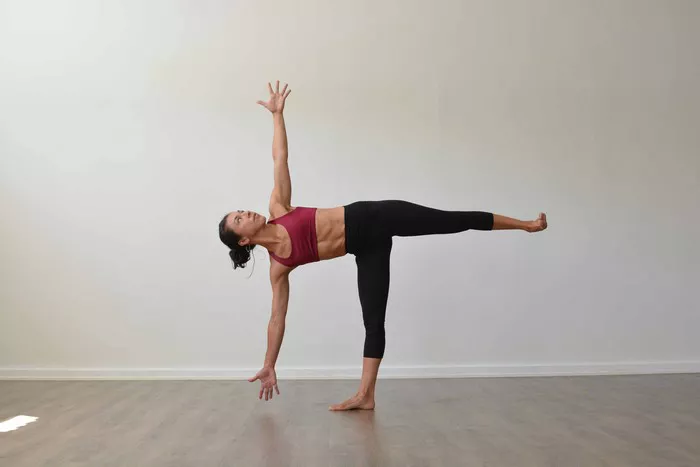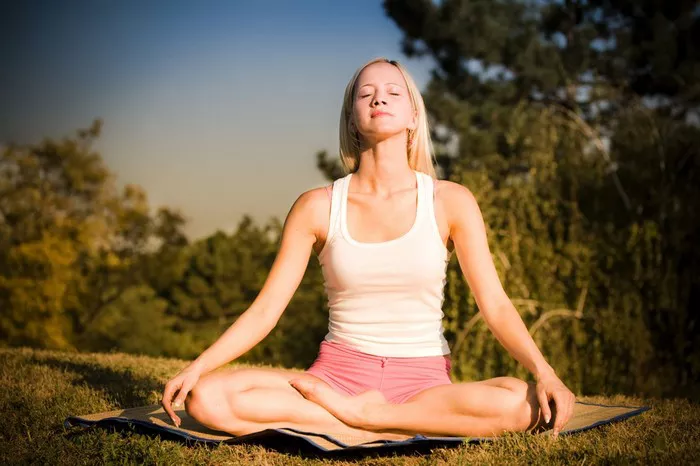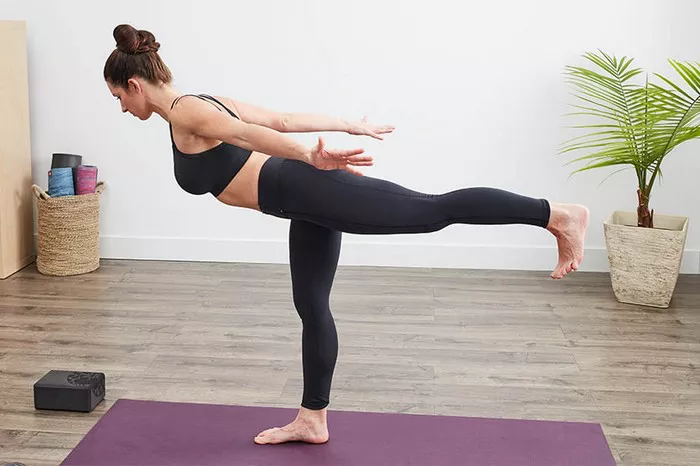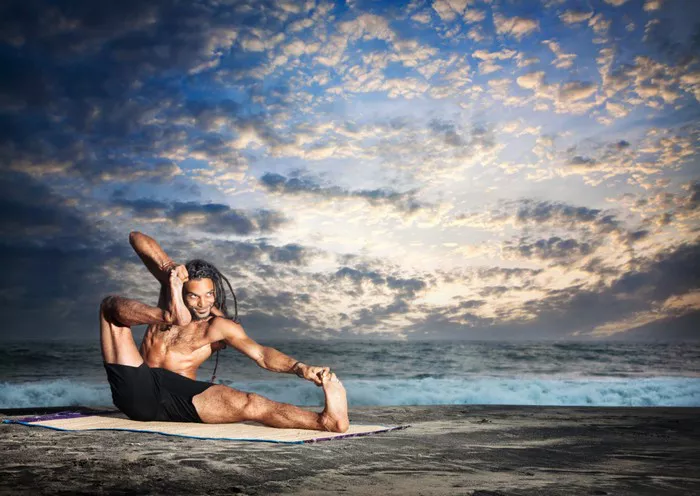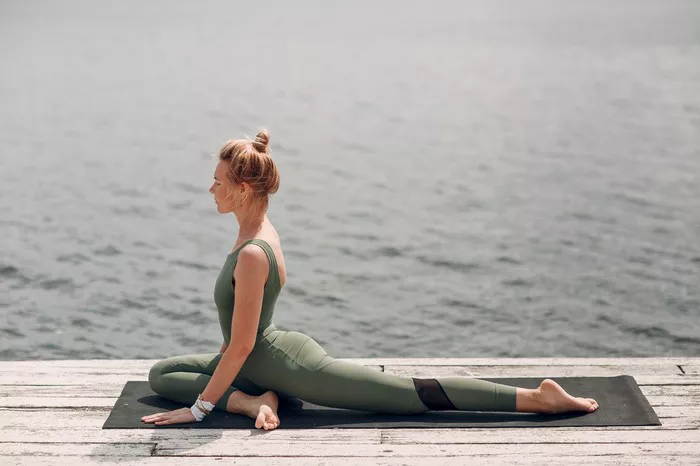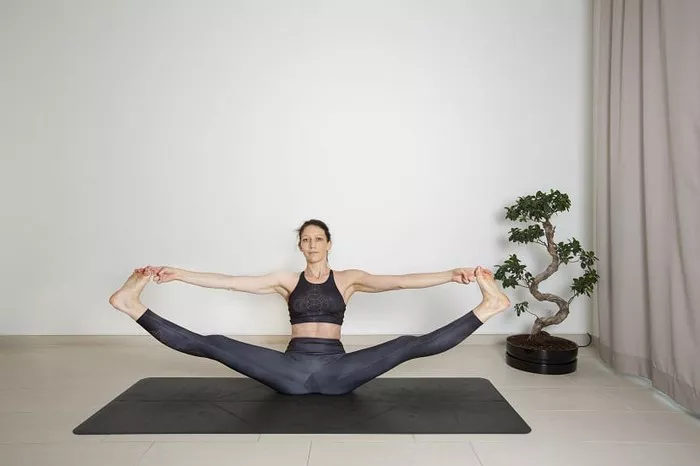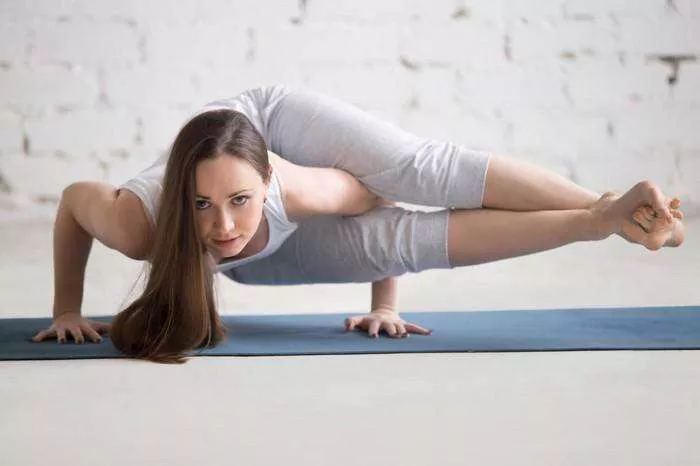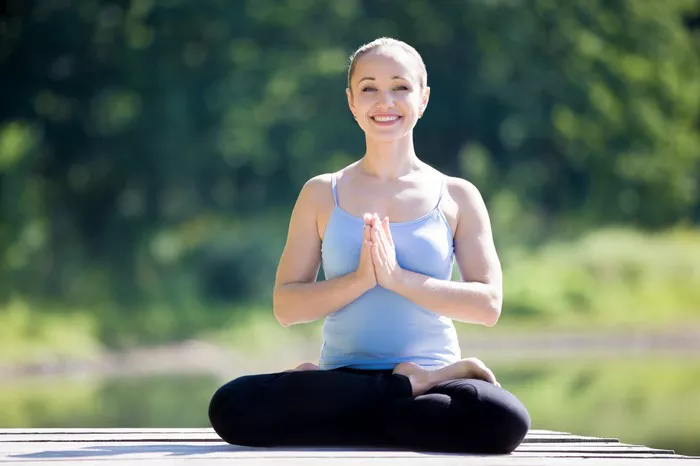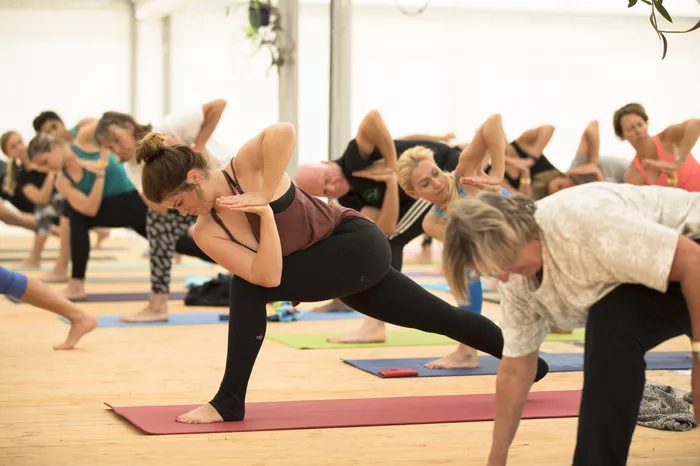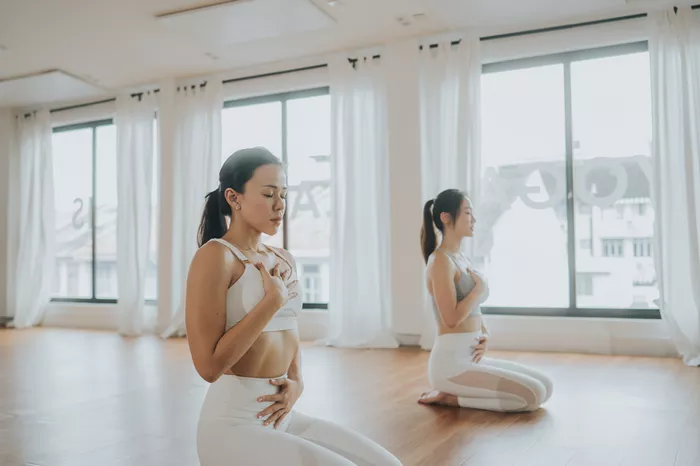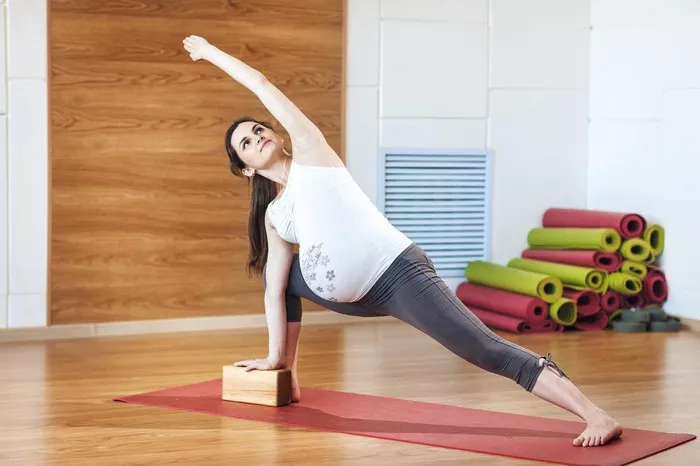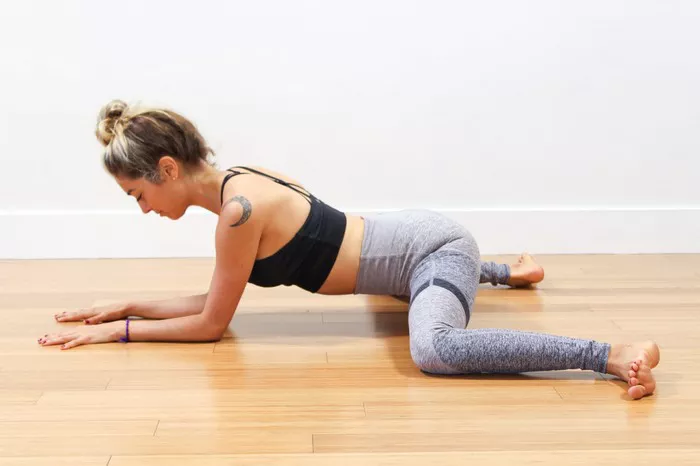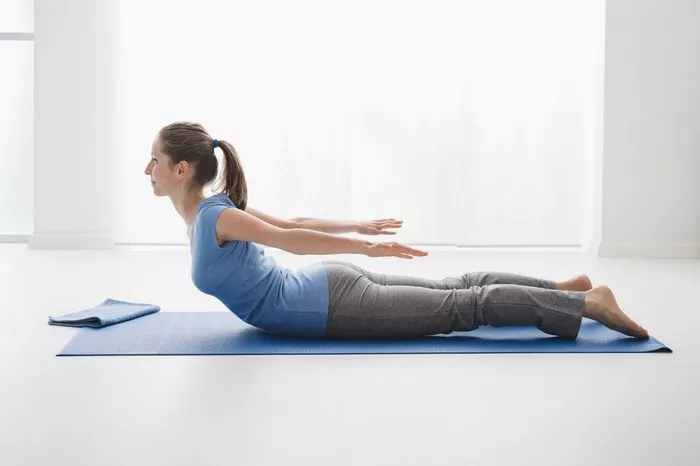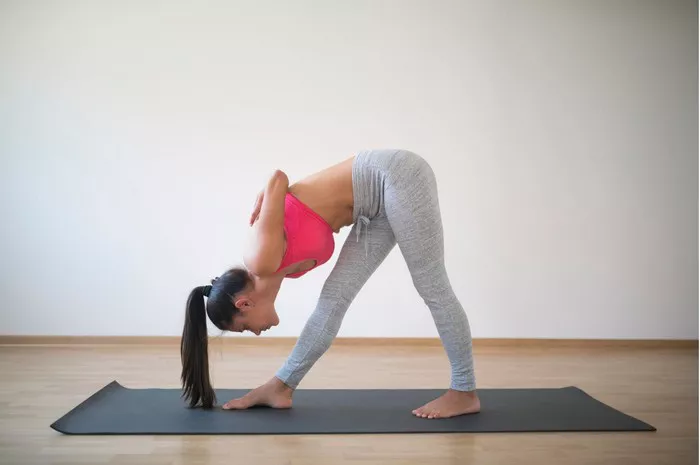Iyengar Yoga, developed by B.K.S. Iyengar, is a form of Hatha Yoga that places a strong emphasis on precision, alignment, and detail in each posture (asana). Unlike more dynamic styles of yoga such as Vinyasa or Ashtanga, Iyengar Yoga focuses on holding poses for longer durations. This style uses props like blocks, straps, and bolsters to help practitioners achieve proper alignment, regardless of their level of flexibility or experience.
This disciplined and structured approach enables even beginners to experience the depth of yoga. Although it may appear slow-paced, it is by no means easy. The intensity of Iyengar Yoga often comes not from speed, but from the mental and physical endurance required to maintain the correct alignment in each pose for extended periods.
The Nature of Intensity in Iyengar Yoga
To understand if Iyengar Yoga is intense, it is crucial to define what “intensity” means in the context of yoga. In many cases, people associate intensity with fast movements, cardiovascular exertion, or sweat-inducing sequences. Iyengar Yoga challenges that notion by offering a different kind of intensity—one that tests endurance, concentration, and mindfulness.
Holding a posture for several minutes demands strength, balance, and mental focus. Even simple-looking poses like Tadasana (Mountain Pose) or Trikonasana (Triangle Pose) can become intense as subtle adjustments are made and sustained. This level of engagement develops not only muscular strength but also a deeper awareness of one’s body and mind.
Who Is Iyengar Yoga For?
Iyengar Yoga is suitable for a wide range of individuals, from complete beginners to seasoned practitioners. It is especially beneficial for people recovering from injuries, older adults, and those who may not be very flexible. The use of props allows everyone to access the benefits of the poses without compromising on form or risking injury.
However, this doesn’t mean it is an easy option. Beginners may find it challenging to stay mentally engaged and physically steady in each pose. Over time, though, practitioners develop the stamina and focus needed to progress. The discipline involved in Iyengar Yoga can be particularly appealing to those who enjoy structure and detail.
Benefits of Practicing Iyengar Yoga
The benefits of Iyengar Yoga are numerous and far-reaching:
- Improved posture and alignment: Through precise instructions and the use of props, practitioners learn to align their bodies correctly, which helps in daily activities.
- Increased flexibility: Holding poses for longer durations stretches muscles and connective tissues gently yet effectively.
- Enhanced strength and stamina: Even static poses build muscle endurance and overall body strength.
- Better mental focus: The concentration required to maintain poses fosters a meditative state of mind.
- Stress reduction: The mindful nature of the practice helps alleviate stress and anxiety.
These benefits contribute to both physical well-being and mental clarity, making Iyengar Yoga a holistic practice.
The Role of Props and Alignment
A distinctive feature of Iyengar Yoga is the use of props. Props serve two main purposes: they make poses accessible to all practitioners and allow deeper exploration of each posture. For instance, a block under the hand in Triangle Pose can help a beginner experience the correct spinal alignment without straining.
Alignment is not just a physical goal but a gateway to understanding the internal effects of each pose. Teachers often guide students with detailed instructions, focusing on how each part of the body should be positioned. This meticulous attention transforms even the most basic postures into profound experiences, adding to the perceived intensity of the practice.
Class Structure and Expectations
A typical Iyengar Yoga class is well-structured and methodical. Classes often start with a short centering practice, followed by a sequence of asanas that build progressively. Instructors provide precise verbal cues and may physically adjust students to ensure correct alignment.
Classes are usually categorized by experience level:
- Beginner classes: Focus on foundational poses and the introduction to props.
- Level 1 and 2 classes: Introduce more complex poses and longer holds.
- Therapeutic classes: Designed for individuals with specific health concerns or injuries.
You can expect a calm, focused environment where attention to detail is paramount. The absence of music and flowing sequences can feel intense for those accustomed to more dynamic classes.
Iyengar Yoga vs. Other Yoga Styles
Comparing Iyengar Yoga to other styles helps clarify its unique approach:
- Vinyasa/Power Yoga: Fast-paced with an emphasis on continuous movement and breath synchronization.
- Ashtanga Yoga: Follows a set sequence of poses; physically demanding.
- Yin Yoga: Focuses on deep tissue stretching; poses held for several minutes but with less emphasis on alignment.
Iyengar Yoga’s slower pace and focus on precision set it apart. For those looking to deepen their understanding of each pose and improve their form, Iyengar Yoga can be both demanding and rewarding.
Physical and Mental Challenges
The physical intensity of Iyengar Yoga lies in the sustained engagement of muscles during long holds. Even poses that seem easy can become taxing when performed with attention to detail. Core strength, joint stability, and muscle endurance are all tested.
Mentally, Iyengar Yoga demands presence and concentration. Instructors may ask students to engage specific muscles or adjust certain alignments multiple times in a single pose. This level of mental engagement can be more exhausting than a fast-flowing class, especially for beginners unused to such focus.
Building a Consistent Practice
Consistency is key to gaining the full benefits of Iyengar Yoga. Beginners are encouraged to attend classes regularly, ideally two to three times a week. Home practice, guided by what is learned in class, further enhances progress.
Tips for building consistency:
- Set a regular schedule for practice.
- Keep a yoga journal to track improvements and challenges.
- Use props at home to replicate class experiences.
- Be patient with your progress; mastery takes time.
A consistent practice not only deepens physical capability but also cultivates discipline and mental clarity.
Addressing Common Misconceptions
Many people assume Iyengar Yoga is only for the elderly or injured due to its methodical pace and use of props. In reality, it is a powerful practice suitable for anyone seeking depth and refinement.
Another misconception is that Iyengar Yoga is not intense. While it may lack the high heart rate of a Power Yoga class, the internal effort it requires is considerable. From the controlled breathing to the exact body placement, each class challenges both body and mind.
Conclusion
Iyengar Yoga offers a unique blend of physical rigor and mental discipline. Its intensity comes not from rapid movement or aerobic demand, but from precision, endurance, and mindfulness. For beginners, this can be a transformative journey into the deeper aspects of yoga. With consistency, dedication, and an open mind, Iyengar Yoga can become a lifelong practice that enhances both physical health and inner peace.
FAQs
Q: Is Iyengar Yoga suitable for beginners?
A: Yes, Iyengar Yoga is ideal for beginners due to its structured approach and use of props, which make poses accessible and safe.
Q: Do I need to be flexible to start Iyengar Yoga?
A: No flexibility is required. The practice helps improve flexibility over time, and props are used to support various body types and levels.
Q: How often should I practice Iyengar Yoga as a beginner?
A: Two to three times per week is a good starting point. Consistency is more important than intensity at the beginning.
Q: What should I bring to an Iyengar Yoga class?
A: Comfortable clothing and a yoga mat. Most studios provide props, but you may eventually want to invest in your own.
Q: Can Iyengar Yoga help with back pain or other injuries?
A: Yes, it is often recommended for therapeutic purposes. Always inform your teacher of any injuries so they can offer appropriate modifications.
Q: Is Iyengar Yoga religious or spiritual?
A: While rooted in ancient traditions, Iyengar Yoga focuses on physical alignment and mental clarity. Spiritual aspects are present but not imposed.
Q: How does Iyengar Yoga differ from other yoga styles?
A: It emphasizes alignment, uses props, and involves holding poses longer. It’s slower-paced but mentally and physically demanding.
Q: Will I sweat during an Iyengar Yoga class?
A: Possibly, but sweating isn’t the focus. The intensity lies in the precision and duration of poses, not in aerobic activity.

